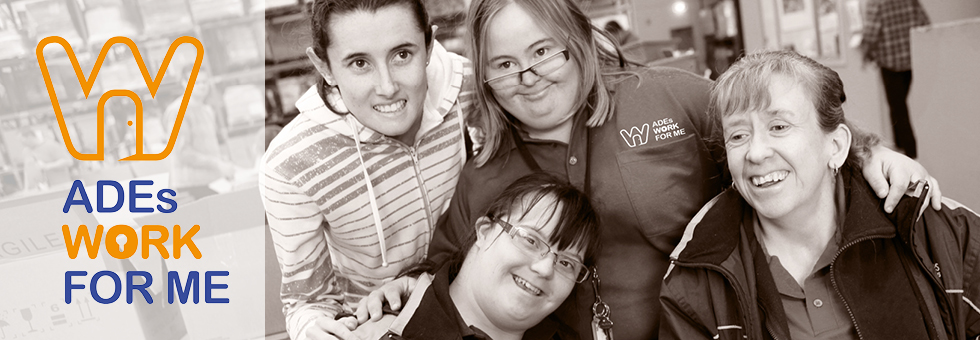WHAT ARE ADEs?
What is an ADE and who works there?
An Australian Disability Enterprise (ADE) is a not-for-profit organisation, with charitable status, which provides meaningful employment for people with significant disability who would otherwise not be able to work. It is a business that makes products, or provides services. It is usually run by a not-for-profit organisation, but it is still expected to make a surplus after paying all its costs, including staff salaries.
So, an ADE operates in the same way as other businesses, but there is one major difference. An ADE employs people with disability, and its employees are supported in their work.
'Supported' means that there are support workers available to give the employees any assistance they need with their tasks. For example, an employee with learning difficulties may need regular reminders from their support worker about how to do a task. Support workers are also paid employees of the ADE.
How are ADEs funded?
ADEs are given Australian Government funding for each person they employ. The amount of funding depends on how much support the employee needs to do their job. There are about 600 ADEs around Australia that employ more than 20,000 people with disability.
How much pay do ADE workers receive?
Supported employees receive what is known as a "pro rata" wage rate (a percentage of the full rate). The pro rata wage is worked out by using a special calculator called a wage assessment tool, which decides what proportion of the wage is paid to the employee.
ADE workers are covered by the federal Supported Employment Services (SES) Modern Award.
Some of the wage tools named in the SES Award use an assessment of the worker's productive output – that is, how much the worker produces.
However, the most commonly used wage tool for supported employees, called the Business Services Wage Assessment Tool (BSWAT), combines an assessment of productive output with a competency assessment, which measures the employee's skills, qualifications and job knowledge.
The Australian Federal Court criticised the use of the BSWAT to assess the wage rates of two former ADE employees in its 'Nojin v Commonwealth of Australia' decision (see "What happened in the recent court case?"), which effectively made the BSWAT illegal to use in a year's time. The court decided that the BSWAT discriminated against the two former employees, both of whom had an intellectual disability.
Why don't ADEs pay the same wages as other businesses?
The SES Award allows supported employees to be paid a proportion of a full wage if their disability restricts their productive capacity. The wage must be determined by an approved wage assessment tool.
Do supported employees also get a pension?
Almost all supported employees – about 90 per cent – receive the Disability Support Pension as well as their wages. Some are also eligible for other benefits, such as the mobility allowance.
If people with significant disability get a pension and benefits, why do they need to work as well?
Working is just as good for people with disability as it is for people without disability. It gives you not only more money in the bank, but also better health and wellbeing, improved skills and wider social networks.
NDS has estimated that there could be as many as 200,000 Australians with disability who are not working now, but want to work and could do so if they had the right assistance.
